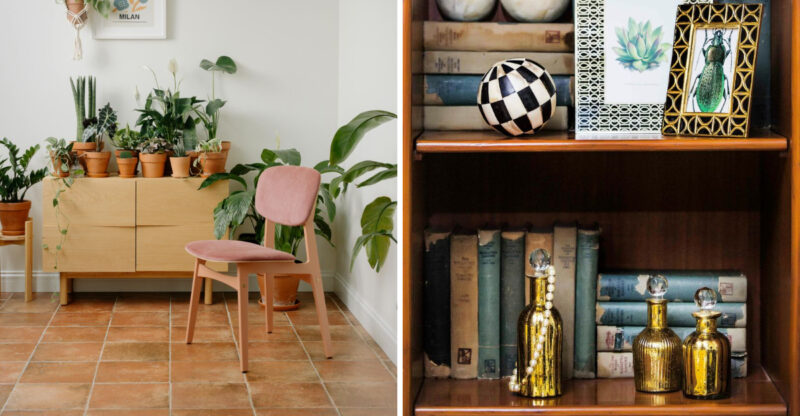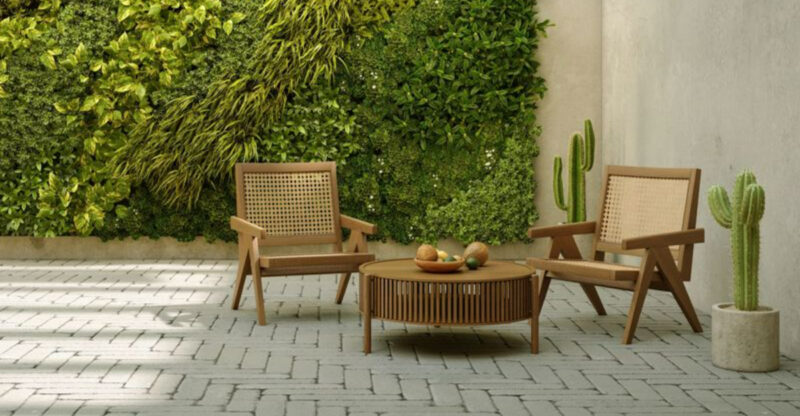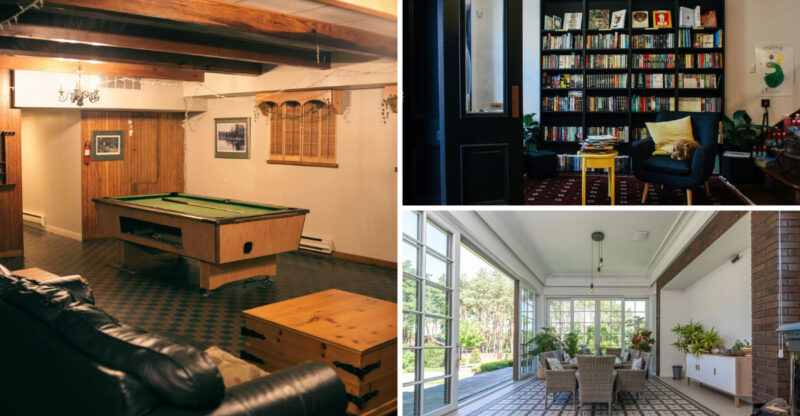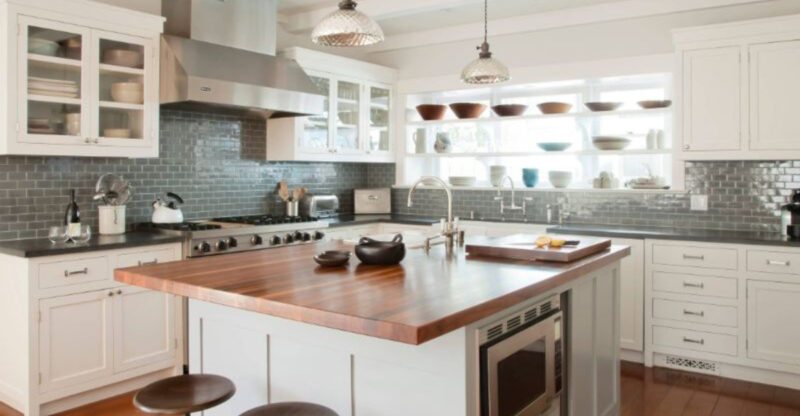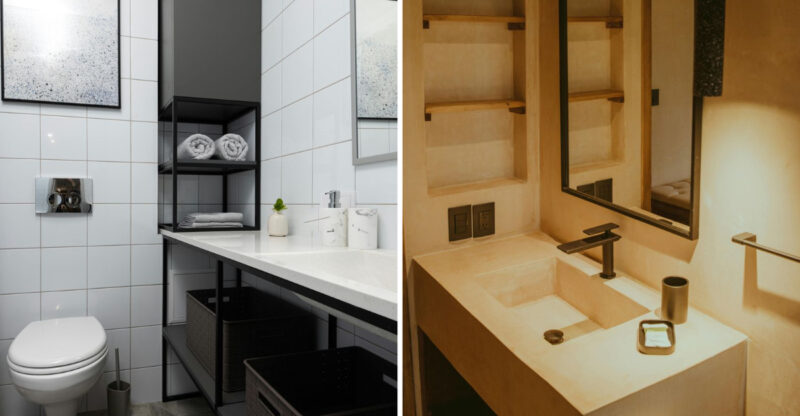10 Trends That Don’t Actually Look Good In Real Life, According To Interior Designers Plus 7 Extra Ones To Always Skip

Ever scrolled through Pinterest and thought, ‘That looks amazing!’ only to try it at home and feel immediate regret? Not all design trends translate well from social media to real spaces.
Interior designers are speaking up about which popular styles actually fall flat in practice. Let’s explore these misleading trends and save you from costly design mistakes!
1. All-White Everything

Pristine and seemingly perfect in magazines, this minimalist approach quickly becomes a maintenance nightmare. All-white rooms show every speck of dust, coffee drip, and smudge.
The clinical atmosphere often creates spaces that feel cold and unwelcoming rather than serene. Plus, without texture and contrast, these rooms can appear flat and dimensionless in real life.
2. Barn Doors On Bathrooms

Hanging on exposed hardware might look rustic-chic online, but the reality is far less charming. Barn doors never fully seal, leaving embarrassing gaps that compromise privacy during your most vulnerable moments.
These trendy doors also require wall space to slide open, often creating awkward layouts. Not to mention the noise factor – that sliding and rolling isn’t exactly subtle!
3. Open Shelving In Kitchens
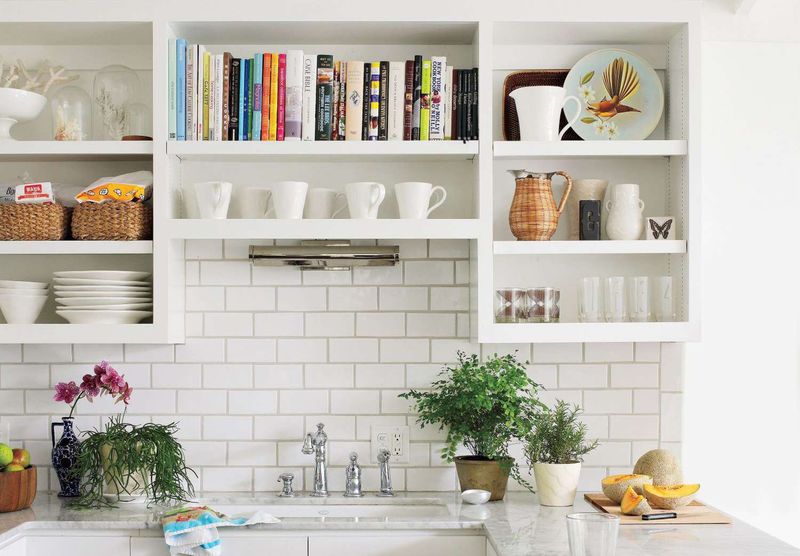
Fantasy: perfectly arranged dishware and decorative items. Reality: a dust-collecting display that requires constant styling and cleaning.
Open shelving forces you to keep everything Instagram-ready at all times. Those mismatched mugs and plastic sippy cups? They’ll ruin the aesthetic instantly. Meanwhile, grease particles from cooking settle on everything, creating a cleaning schedule nobody has time for.
4. Accent Walls In Bold Colors
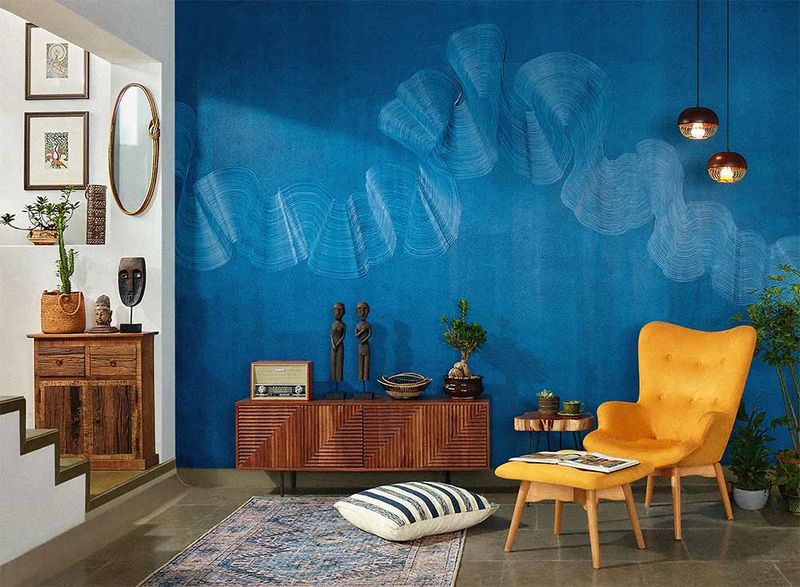
One splash of emerald green or burgundy seems like an easy way to add personality. Unfortunately, bold accent walls often make rooms feel unbalanced and dated.
The stark contrast can actually make spaces appear smaller and more choppy. What looked daring and sophisticated in a showroom frequently reads as random and disconnected in actual homes, especially as lighting changes throughout the day.
5. Vessel Sinks
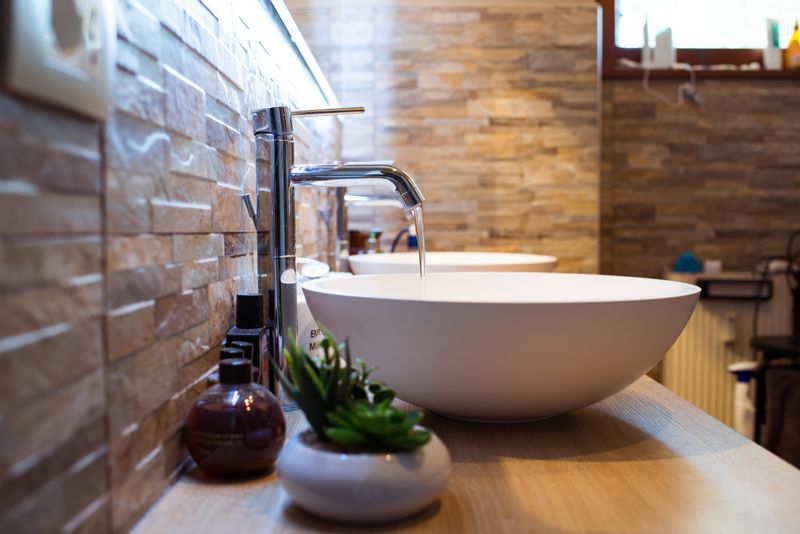
Gorgeous in hotel photoshoots but impractical for daily living. Water splashes everywhere around these elevated bowls, creating constant cleanup.
The awkward height makes simple tasks like washing your face uncomfortable. And don’t forget the cleaning nightmare – toothpaste globs stick to both the inside and outside surfaces. Most designers now view them as the bathroom equivalent of a high-maintenance relationship.
6. Shiplap On Every Surface
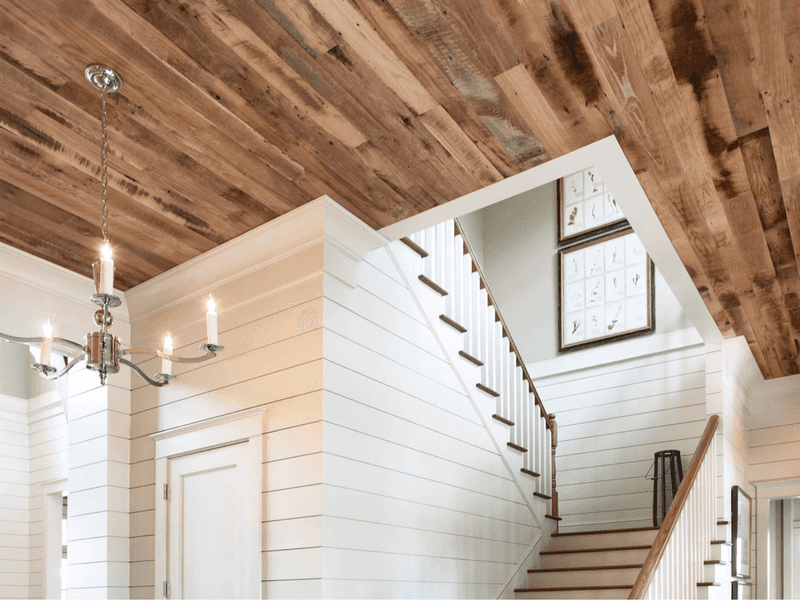
Popularized by farmhouse-style enthusiasts, excessive shiplap creates visual noise that can overwhelm actual living spaces. The horizontal lines draw attention away from furniture and artwork.
Dust collects in every groove, making cleaning a tedious chore. And contrary to Pinterest perfection, real-world shiplap installations often warp and gap over time, especially in rooms with humidity fluctuations.
7. Word Art And Inspirational Phrases
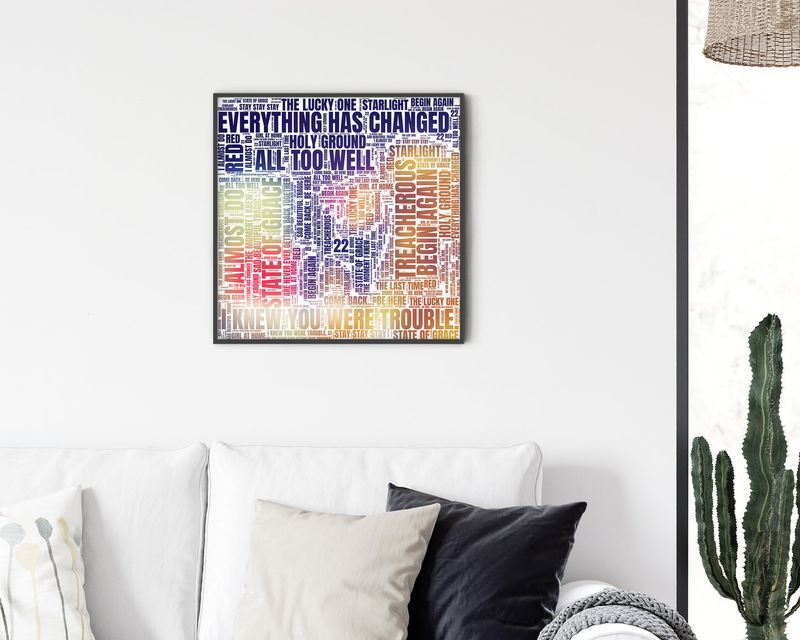
Nothing screams “I decorated with minimal effort” quite like generic phrases plastered on walls. These mass-produced pieces lack personality and quickly feel dated.
The “Live, Laugh, Love” signs and their cousins have become visual white noise in homes. Designers consistently rank word art among their top client intervention requests, suggesting more meaningful art that actually reflects your personality instead.
8. Edison Bulbs Everywhere
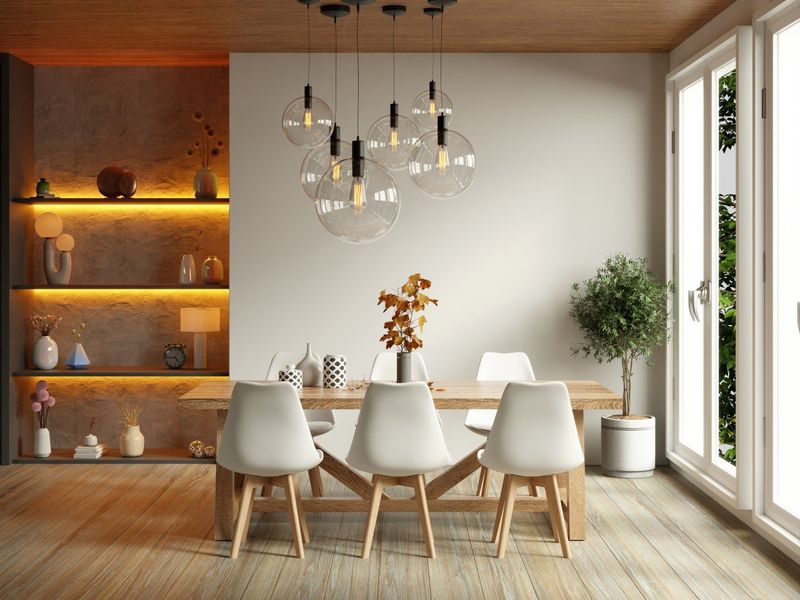
Warm and vintage-looking in photos, these exposed filament bulbs create harsh glare and inadequate lighting in practice. The amber glow might seem cozy, but it distorts colors and makes functional activities difficult.
Energy inefficiency is another downside – they consume significantly more electricity than modern alternatives. Plus, the industrial-chic look quickly becomes repetitive when overused throughout a home.
9. Tiny House Living
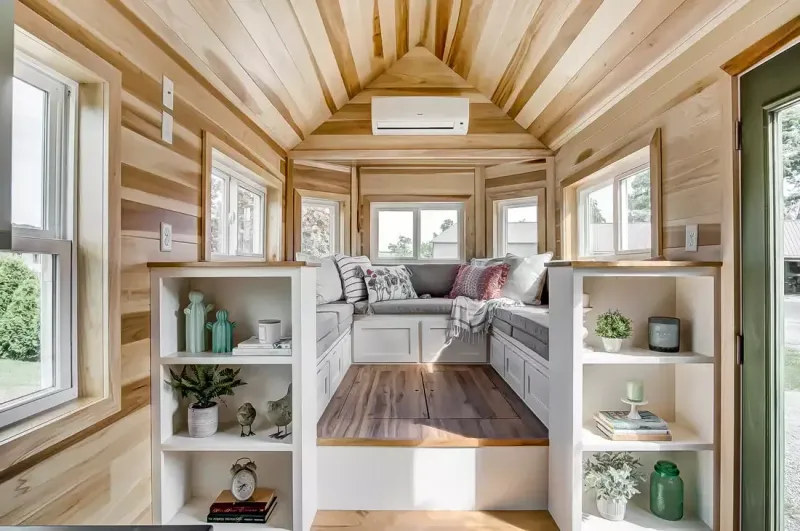
Romanticized in television shows but rarely sustainable long-term. The reality involves constant organization, limited storage, and creative solutions for basic needs.
Many tiny house owners eventually upsize after experiencing the challenges of confined living. Privacy becomes non-existent, cooking smells permeate everything, and entertaining friends becomes nearly impossible. The charm fades when you’re climbing a ladder to bed every night.
10. Terrazzo Everything
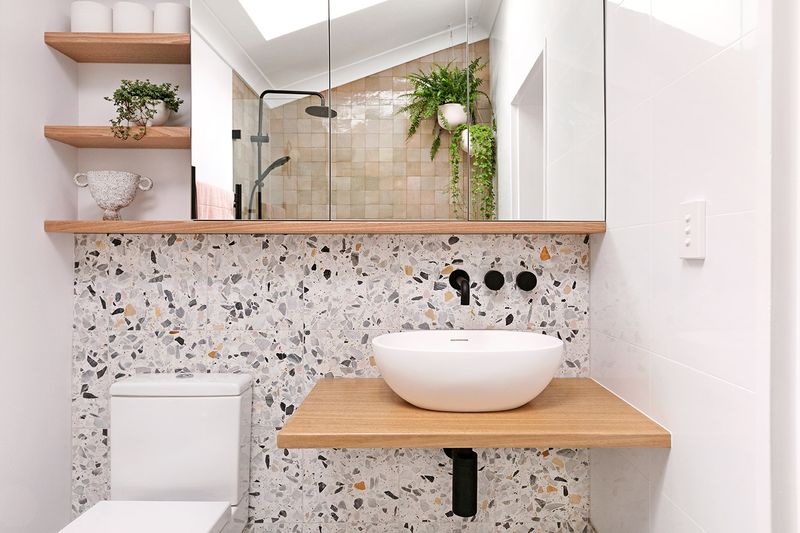
Currently experiencing a revival, this speckled composite material becomes visually overwhelming when used extensively. What works as a subtle accent quickly turns chaotic when applied to floors, counters, and accessories simultaneously.
Quality terrazzo is incredibly expensive, while budget versions chip easily and look cheap. The busy pattern also fights with other design elements, making it difficult to create a cohesive space.
11. Waterfall Countertops

Sleek and dramatic in showrooms, these countertops that cascade down the sides of islands consume valuable floor space in average kitchens. The continuous stone slab looks impressive in photos but creates practical problems.
The vertical surface becomes a magnet for scuffs from chair legs and feet. Plus, the additional material significantly increases costs without adding functional value – making it purely an aesthetic splurge many homeowners later regret.
12. Floating Shelves Without Support
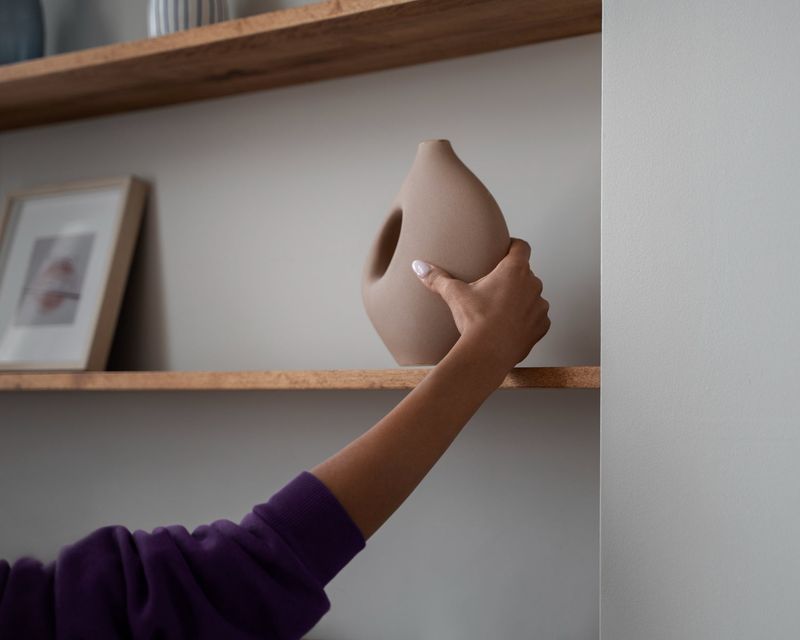
Magically hovering in design photos, these minimalist shelves often sag under actual weight in real homes. Installation requires substantial wall reinforcement that many DIYers overlook.
Even professionally installed floating shelves have weight limitations that restrict what you can display. Books, ceramics, and kitchen items quickly exceed capacity, leading to dangerous failures. The clean look comes with serious functional compromises most homes can’t afford.
13. Impractical Open Floor Plans
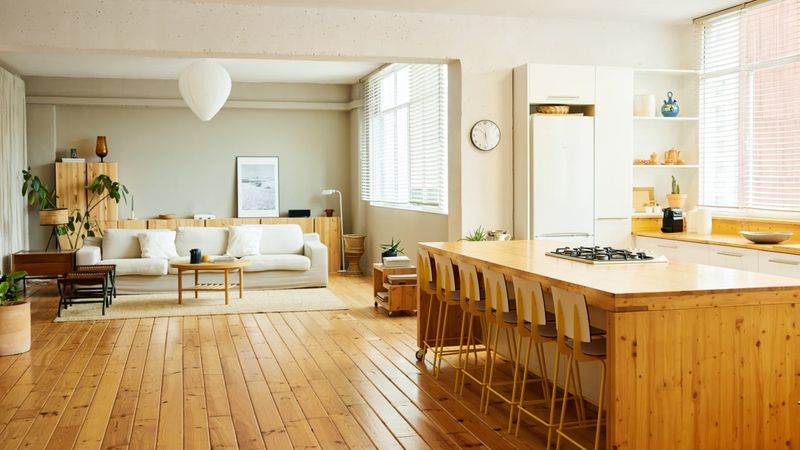
Marketed as the ultimate in modern living, completely open layouts create unexpected problems. Cooking odors travel unimpeded throughout the home, and noise bounces freely between spaces.
Privacy becomes non-existent, and heating/cooling costs increase dramatically. After years of knocking down walls, many homeowners now crave separation between functional areas. The pandemic especially highlighted the need for distinct spaces when multiple activities happen simultaneously.
14. Painted Brick Exteriors
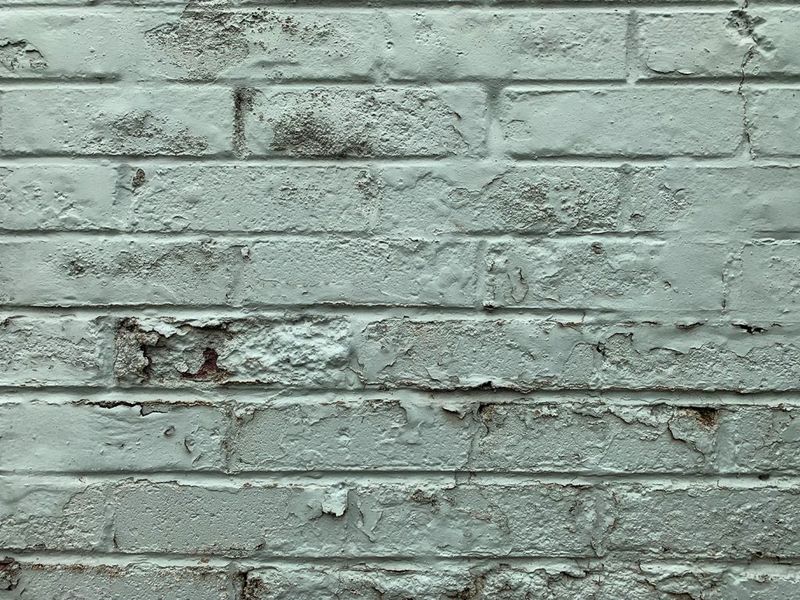
Seemingly simple way to refresh dated homes, painting brick creates a maintenance commitment few anticipate. Once painted, brick can never return to its natural state.
The porous surface requires repainting every 3-5 years as it peels and stains. Moisture problems often develop as paint traps humidity within the brick instead of allowing natural evaporation. This trendy quick-fix frequently becomes a long-term regret.
15. Overdone Subway Tile
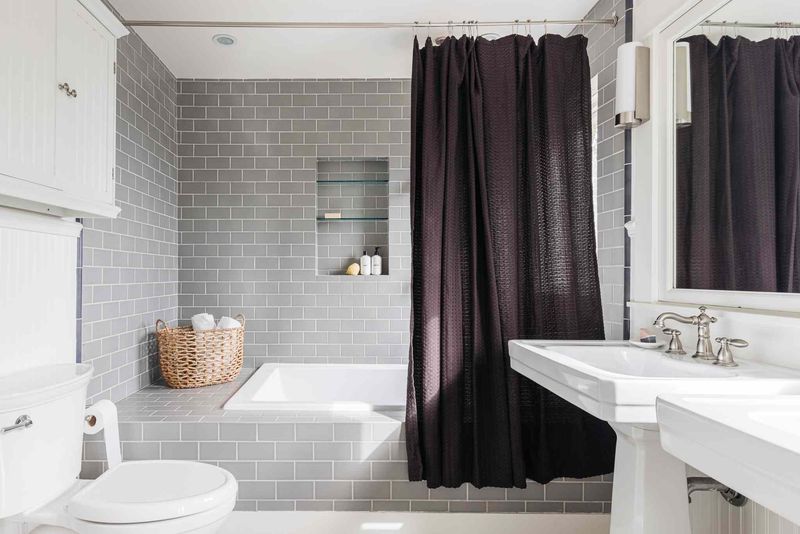
Classic in small doses but boring when covering entire bathrooms and kitchens. The ubiquitous rectangular tiles have saturated design to the point of becoming visual wallpaper.
Grout lines quickly discolor despite best cleaning efforts, especially in shower areas. Designers increasingly recommend more interesting alternatives that maintain timelessness without being predictable. When everyone has the same tile, it stops being special.
16. Faux Marble Surfaces
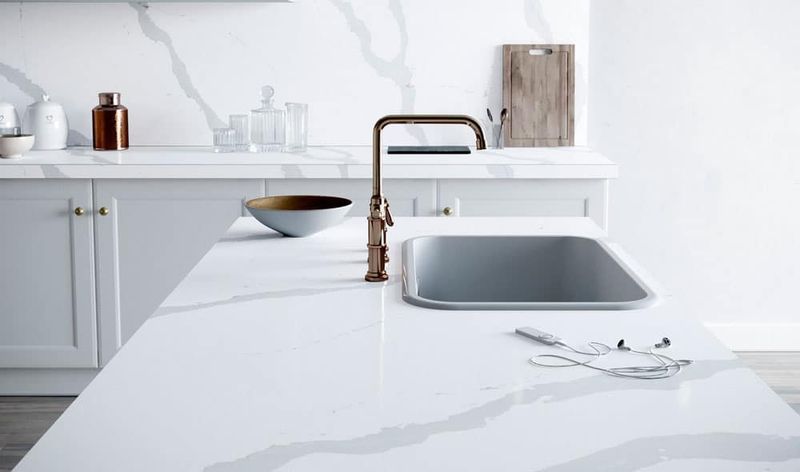
Attempting luxury on a budget, these imitations never quite capture the depth and variation of natural stone. Under direct light, the repeating patterns become obvious.
Laminate versions damage easily and cannot be repaired, while painted faux finishes chip and wear unevenly. Real marble has inherent maintenance challenges, but at least it ages gracefully. Fake versions simply look increasingly fake over time.
17. Furniture That Prioritizes Form Over Function
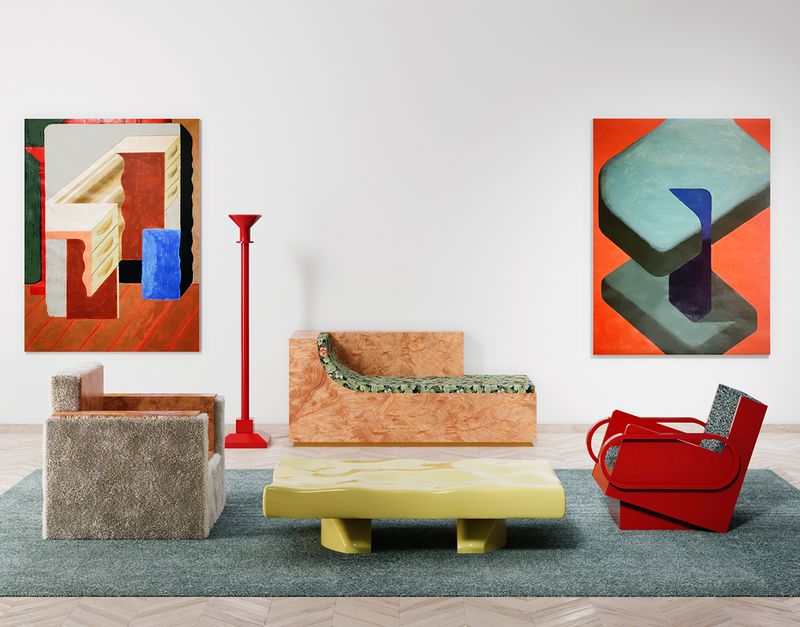
Sculptural chairs that hurt your back. Sofas without proper cushioning. Tables at awkward heights. These Instagram-worthy pieces fail at their primary purpose – being useful.
Uncomfortable furniture inevitably gets replaced, wasting money and resources. Designers emphasize testing pieces before purchasing whenever possible. The most beautiful room becomes useless if you can’t comfortably sit, eat, or relax in the space.


